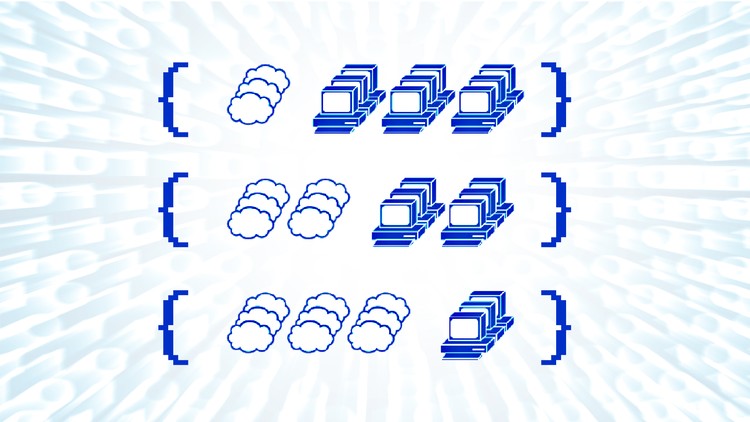Subnetting - Become a Subnet Master!

Why take this course?
🎉 Welcome to "Subnetting - Become a Subnet Master!" 🌐✨
Course Overview:
Easy IPv4 Subnetting for CCNA and Industry Aspirants!
With Keith Gebhardt, your expert instructor, you're on the path to mastering subnetting quickly and effectively. This course is designed to give you all the important information you need for your Cisco CCNA exams or any other IT certification you might be aiming for. Plus, you'll learn the tricks and tools that will allow you to subnet any network question with precision! 🎓
Why Join?
Join the STUDENTS who LEARN and PASS their exams with confidence. With Keith's guidance, you'll be part of a community that values knowledge sharing and success. 🤝
Your Journey Awaits:
- Engaging Learning: Engage with the content as you would in a live classroom setting. Take notes, study the information, and apply it to master subnetting.
- Real-World Problems: Tackle problems that address both network and host requirements, ensuring you're prepared for any scenario.
- Practice with Purpose: Utilize review and practice questions tailored specifically for CCNA exams.
- Interactive Experience: Get hands-on experience with subnet design and reverse-engineer subnets to solidify your understanding.
Course Highlights:
- Binary Conversions: Understand the foundational binary system that is crucial for IPv4 addressing.
- IPv4 Formats & Masks: Learn the formats, masks, and how they relate to network and host designation.
- Subnet Mask Calculations: Master the calculations required for effective subnetting.
- Practice Makes Perfect: Engage with a variety of review/practice questions that will challenge your newfound knowledge and prepare you for your CCNA exam.
Additional Resources:
- YouTube Channel: Subscribe to LearnTech Training on YouTube for free lectures, labs, and exclusive promotions for future courses! 🎬
- Community Interaction: Rate the course to help us improve and ensure we're offering valuable content in the future. Your feedback is crucial!
Meet Your Instructor:
Keith Gebhardt, your dedicated instructor at LearnTech Training, is committed to providing you with the tools needed to become a subnetting pro. If you have any questions or need assistance, Keith is here to help you navigate through the course material and achieve your goals. 🧑🏫
Ready to Start Your Subnetting Mastery?
Click that "Enroll Now" button, dive into the world of IPv4 subnetting, and emerge as a confident networker ready to tackle any challenge. Remember, your success is our mission at LearnTech Training! 🚀
Thank You:
Thank you for choosing LearnTech Training. We're excited to have you on board and look forward to supporting you every step of the way. If you have any questions or require assistance, please reach out—we're here to help you succeed! 🎓🚀
Enjoy learning with us, Keith Gebhardt & The LearnTech Training Team
Course Gallery




Loading charts...
Comidoc Review
Our Verdict
This Udemy course offers a thorough look into IPv4 subnetting with an engaging and knowledgeable instructor, who caters well for visual, hands-on learners. Despite some pacing issues, it covers both basic and advanced topics extensively, while providing practical real-world tools to deepen understanding and solidify learned skills. Keep in mind that the course does not address IPv6, focusing solely on IPv4.
What We Liked
- Comprehensive coverage of IPv4 subnetting, from basics to advanced topics such as designing subnets based on network and host requirements
- Real-world tools and techniques provided, helpful for practical application beyond the course
- Engaging instructor with a clear understanding of theoretical and practical aspects
- Well-paced and repeated phrases aid understanding, particularly effective for visual, hands-on learners
Potential Drawbacks
- Some found the pacing too fast, potentially overwhelming beginners unfamiliar with subnetting or networking terminology
- Minor issues such as inconsistent explaining of rules and occasionally racing to finish sections
- No mention or reference to IPv6 and its differences from IPv4, possibly causing misunderstandings in real-world applications